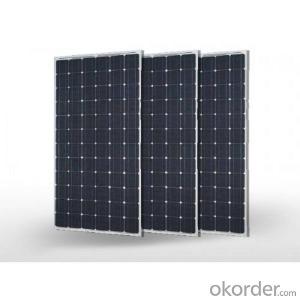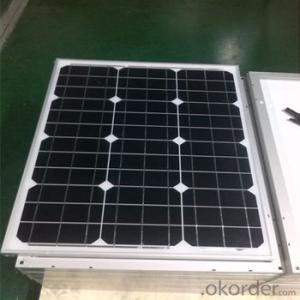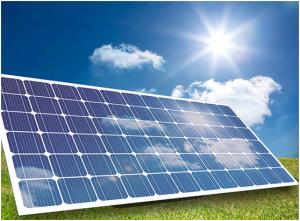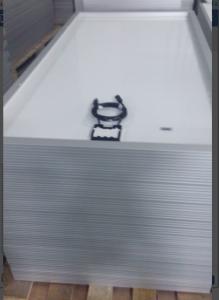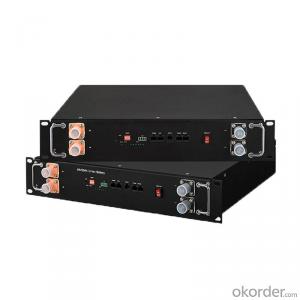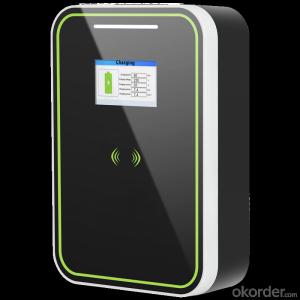SOLAR PANEL MONO260wSOLAR PANEL PRICE IN CHINA
- Loading Port:
- Shanghai
- Payment Terms:
- TT OR LC
- Min Order Qty:
- 2600 watt
- Supply Capability:
- 26000 watt/month
OKorder Service Pledge
OKorder Financial Service
You Might Also Like
Item specifice
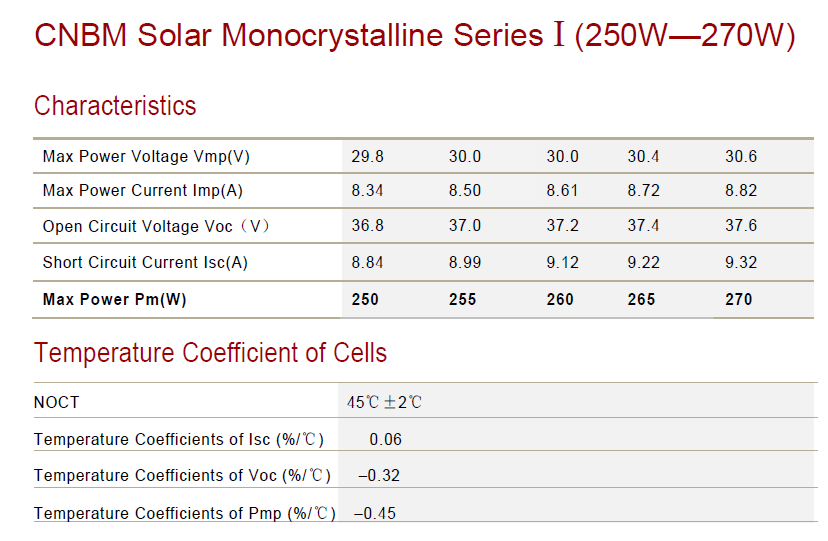
| Rated maximum power (Pmax) | 200W |
| Open circuit voltage (vOC) | 45.43 |
| Short circuit current (Isc) | 5.56 |
| Maximum power voltage (Vmp) | 37.94 |
| Maximum power current (Imp) | 5.24 |
| Cell efficiency (%) | 18.00% |
| Max system voltage (VDC) | 1000V DC |
| Temperature coefficient of Vm | -0.241%/K |
| Temperature coefficient of Im | 0.033%/K |
| Temperature coefficient of power | -0.37%/K |
Solar panel working process
In addition to being the ultimate source of all life on earth, the sun is an infinitely renewable, completely pollution-free source of electricity. Instead of burning fossil fuels dug up from the ground in a big power plant – a very 19th century, industrial age approach, when you think about it – solar panels convert sunlight directly into electricity, with no harmful emissions.
The basic unit of a solar panel is a solar cell, which usually consists of one or two layers of silicon-based semiconductor wafers. When struck by the photons in sunlight, the solar cell generates an electrical charge due to the "photovoltaic effect" – which is a pretty good name, since it produces voltage from photons. The flow of these electrons moves in a steady electrical current from one side of the cell to the other.
Dozens of these PV cells are packaged together into solar modules, which in turn are packaged into solar panels that are mounted on a rooftop and arranged to maximize their hours of exposure to direct sunlight. Because the electricity generated by all those solar cells is direct current (DC), it is then sent to an inverter that transforms the power into the same alternating current (AC) used by the appliances in your home and the local utility electricity distribution grid. Increasingly, these inverters are getting "smart," providing data monitoring for solar installation performance and other grid integration services.
FAQ
We have organized several common questions for our clients,may help you sincerely:
③Can you provide the peripheral products of the solar panels, such as the battery, controller, and inverter? If so, can you tell me how do they match each other?
Yes, we can, we have two companies for solar region, one is CNBM International, the other is CNBM engineering Co.
We can provide you not only the solar module but also the off grid solar system, we can also provide you service with on grid plant.
④What is your warranty system?
Our product performance guarantees for 25 years
• 12 years guarantee for workmanship
• Timeliness of delivery
• Quality Products certified (TÜV, UL, CE, ISO)
- Q:What is the efficiency of solar panels?
- The efficiency of solar panels refers to the amount of sunlight that is converted into usable electricity. It is typically measured as a percentage and can vary depending on factors such as the quality of the panels and the location of installation. On average, modern solar panels have an efficiency range of 15% to 20%, with some advanced models reaching up to 25%.
- Q:What is the warranty on solar panels?
- The warranty on solar panels typically ranges from 10 to 25 years, depending on the manufacturer.
- Q:Are solar panels noisy?
- No, solar panels are not noisy as they do not have any moving parts.
- Q:How do solar panels affect the insurance premiums of a home?
- Solar panels can have a positive impact on the home insurance premiums. While the installation of solar panels may increase the overall value of a home, it can also lower insurance premiums due to the reduced risk of fire damage and environmental factors associated with renewable energy. However, the actual effect on insurance premiums may vary depending on the insurance provider and specific policy terms.
- Q:I was looking at thin flexible solar panels as solar panels 500w a option to upgrade a 20w solar panel I have permanently mounted to the roof of a home made camper van.Why I was thinking flexible is at just 2mm thin they can be glued down and being flexible they will follow the contour of the rounded shape of the roof of my camper (boxy standard solar panel spoils the lines a little)Another reason is no glass to brake when traveling on dirt tracks(though I am surprised mine hasn't broken yet after thousands of km on corrugated dirt roads). Finally there is a weight saving at only /3 the weight or less then a standard glass panel.There are different grades of flex PV some of the more expensive ones are very flexible with extremely thin backing at around .5mm The ones I was looking at are cheaper and at around 2mm with a thin flexible aluminum backing.$250 is about the going rate for 20w OKorder job. Below is a pic of a smaller one 60w or so.Has anyone had any experience with them?
- but it's very interesting and I wanted to ask you. In your case this is good solution, but I saw flexible panels in OKorder much cheaper than 250$. This is the price of standard solar panel 20w. Maybe your panels with better efficiency? I know that flexible panels are less than half efficient than regular panels, thats why you need twise more area to get the same output. What is your usage of this energy in this van? I know there are many ideas of solar cars, but if this solution is efficent enough today? Thanks!
- Q:Can solar panels be used to power a camping trip?
- Yes, solar panels can be used to power a camping trip. They can generate electricity from sunlight and be used to charge portable devices such as smartphones, laptops, and even small appliances like fans or lights. This allows campers to have access to renewable energy while enjoying the outdoors.
- Q:How do solar panels impact the local job market?
- Solar panels have a positive impact on the local job market as they create new employment opportunities in the renewable energy sector. The installation, maintenance, and manufacturing of solar panels require skilled workers, which leads to job growth and economic development in the community. Additionally, the transition to solar energy promotes a shift towards clean energy sources, attracting more investments and creating a sustainable job market for the future.
- Q:If a solar panel (using 36 3x6 solar cells) puts out 60 watts, how many panels would I need (for a house) if I use a max of 2300 kWh in a month? I checked my electric usage for the past 2 years and the kWh is usually lower but I wanted to use the most kWh used (2300) for my question. Thanks!
- The latter one has some strategies to consider for cutting your power consumption even more by timing your freezers and refrigerators..
- Q:Can solar panels be used to power a public transportation system?
- Yes, solar panels can be used to power a public transportation system. By installing solar panels on the roofs of public transportation vehicles or at transportation hubs, the energy generated can be used to charge electric buses or trains. This reduces reliance on fossil fuels and helps to create a more sustainable and environmentally friendly transportation system.
- Q:Currently being sold today! I know SunPower corp. commercial panels are about 20%.
- New rollable panels are becoming available that don't have to be permanently attached to a surface and that are more resistant to damage than conventional panels. Right now they are also even less efficient than photo cells at about 0%, but the cost factor may make up the difference. Solar thermal is more efficient than photovoltaic cells. They focus sunlight with mirrors onto a pipe containing a liquid which is then heated to it's boiling point. That turns a turbine to produce power or is harnessed in some other way. The panels are cheap compared to photo cells, don't require perfect manufacture or exotic materials, no expensive maintenance and they are much easier to repair. I don't know of any available to individuals yet but there are at least two companies building generating plants in Nevada with this technology. SunPower is about 22% efficient but even at that rate it will take decades to pay for itself and the panels are unlikely to last that long at anything near optimal efficiency. The cost is just too high at present but solar thermal may provide a good alternative until photovoltaic cells mature, if you can cobble together a system. The final link is about a claimed 80% efficient solar cell that even generates some power at night. It's based on nano-technology, like many promising energy developments in batteries, electrolysis and ethanol production. If it works as advertised it should revolutionize solar tech. Eventually.
1. Manufacturer Overview |
|
|---|---|
| Location | |
| Year Established | |
| Annual Output Value | |
| Main Markets | |
| Company Certifications | |
2. Manufacturer Certificates |
|
|---|---|
| a) Certification Name | |
| Range | |
| Reference | |
| Validity Period | |
3. Manufacturer Capability |
|
|---|---|
| a)Trade Capacity | |
| Nearest Port | |
| Export Percentage | |
| No.of Employees in Trade Department | |
| Language Spoken: | |
| b)Factory Information | |
| Factory Size: | |
| No. of Production Lines | |
| Contract Manufacturing | |
| Product Price Range | |
Send your message to us
SOLAR PANEL MONO260wSOLAR PANEL PRICE IN CHINA
- Loading Port:
- Shanghai
- Payment Terms:
- TT OR LC
- Min Order Qty:
- 2600 watt
- Supply Capability:
- 26000 watt/month
OKorder Service Pledge
OKorder Financial Service
Similar products
New products
Hot products
Hot Searches
Related keywords
